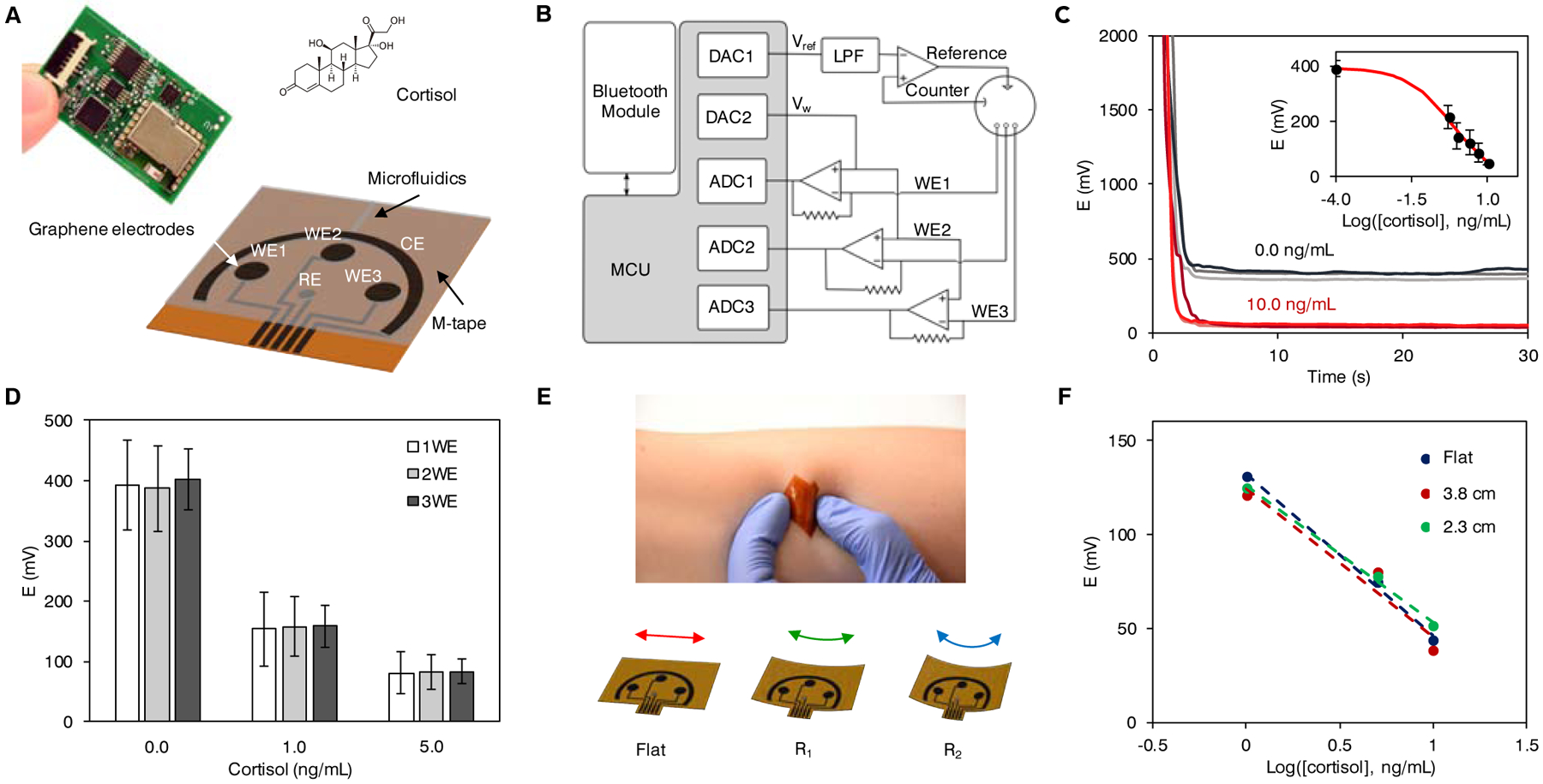Figure 3. System integration and validation of the GS4 toward personalized on-body use.

(A) Design of the flexible microfluidic three-working electrode (3WE) sensor array for cortisol detection and photograph of the printed circuit board (PCB) with the graphene sensor patch for signal processing and wireless communication. WE, working electrode; CE, counter electrode; RE, reference electrode.
(B) Block diagram of the GS4. MCU, microcontroller unit; LPF, low pass filter; DAC, digital-to-analog converter; ADC, analog-to-digital converter.
(C) Sensor readings obtained wirelessly with the GS4. Data from inset are presented as mean ± SD (n = 3).
(D) Comparison of average signals and standard deviations obtained with 1, 2, and 3 working electrodes. Data are presented as mean ± SD (n = 8).
(E) The flexible microfluidic graphene sensor array on the skin and under mechanical deformations.
(F) The responses of the sensor arrays with cortisol recognition under mechanical deformation (with radii of bending curvatures of 2.3 and 3.8 cm in 1.0, 5.0, and 10.0 ng/mL cortisol).
